A "Small (Dojin) Magazine" of Prints and Poetry
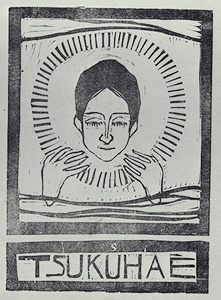
Leaflet for Tsukuhae (undated)
Source: Fukuoka Art Museum website http://www.fukuoka-art-museum.jp/english/ec/html/ec02/02/fujimori.htmTsukuhae 月映 (Moonglow) created by Onchi Koshiro (1891-1955), Shizuo Fujimori (1891-1943) and Tanaka Kyokichi (1892-1915) is highly regarded as a monumental achievement in Japanese modern printing. This collection of poetry and prints dealing with the subjects of love, sex, life and death is an "engraved record of youth." The first issue was published in September 1914 and it ended after seven issues, the last being in November 1915.
Source: The Graphic Art of Onchi Koshiro: Innovation and Tradition, Elizabeth de Sabato Swinton, Garland Publishing, Inc. 1986, p. 20-23
Tsukuhae came into being in October, 1913, when Onchi invited his friends and fellow students at the Tokyo Bijutsu Gakko (Tokyo School of Fine Arts), Tanaka Kyokichi and Fujimori Shizuo, to join him in launching a poetry and print magazine. They called themselves Bishoha no sanin (Three Men of the Smile School) parodying the numerous artists’ groups and associations that dominated the official art world. Be the end of the following March, they had chosen the name Tsukuhae and set to work turning out a magazine that was entirely their own: conception, prints, poems, design and printing. The three friends had intended to publish privately, but Kawamoto Kamenosuke, the proprietor of the Rakuyodokan, agreed to take it on saying, “Well, I’ll do it. It can’t lose me more than 30 yen." He had published Onchi’s first venture into book designing, Takehisa Yumeji's (1884-1934) Tokai Suketchi (Sketches of the City) in June of 1911 (Meiji 44). Seven issues of Tsukuhae were published from September 1914 to May 1915 but publication was discontinued after the early death of Tanaka.1
Tsukuhae offered its founders a showcase for their talents. According to Sawata Ishiro, the publisher of the Ryuseikaku Press, and Onchi’s associate at the beginning of the Showa period (1927), most “little magazines” had no funds to pay poets or artists, and it was not unusual for the list of contributors to be aliases invented by the sponsors to make the publications seem more professional and varied. Tsukuhae was part of a periodical explosion that ran like a leitmotif through modern culture, East and West, conveying new artistic ideas rapidly and widely.
The morbid romanticism of the three young men involved with Tsukuhae was also very much in the mood of the times. Many young Japanese intellectuals tended to see themselves as bohemian and decadent. The year that Tsukuhae appeared (Taisho 3, 1914), Onchi became friends with Muro Saisei and Hagiwara Sakutaro, lyrical poets of urbane sensuality and youthful suffering.
Tanaka and Fujimori worked in a more figurative style than Onchi. All of the young artists revealed a taste for mysticism and symbolism. The prints themselves support Onchi’s statement published in the last edition of the magazine: “Its thought and feelings were adolescent and its expressions were immature.” According to Onchi , the three avant-garde print designers were not concerned with acceptance and worked to please themselves. For them, Tsukuhae was a successful experiment.
1 Merrit in Guide to Modern Japanese Woodblock Prints: 1900-1975, University of Hawaii Press, 1992, p. 213 states that although no single issue sold more than 11 copies, the edition size was 200. She also says that blocks (I assume she means the prints) were printed by machine with oil-base ink.
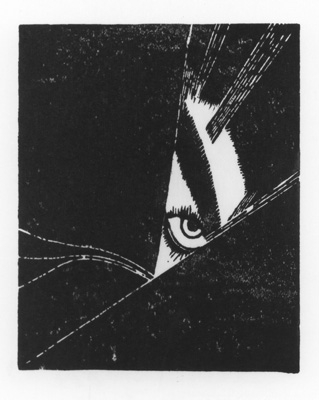 | 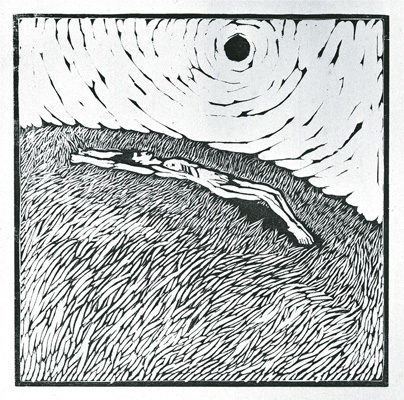 | 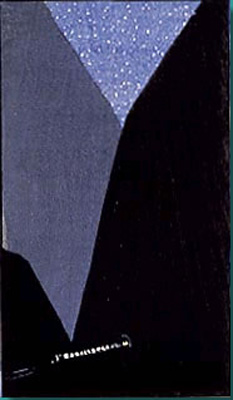 |
| Onchi Koshiro Lyrique 1 Tsukuhae I (1914) | Fujimori Shuzuo Mankind Tsukuhae I (1914) | Fujimori Shuzuo Nature and Life Tsukuhae I (1914) |
 | 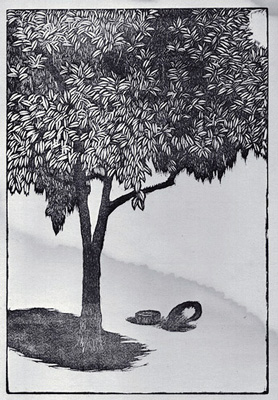 | 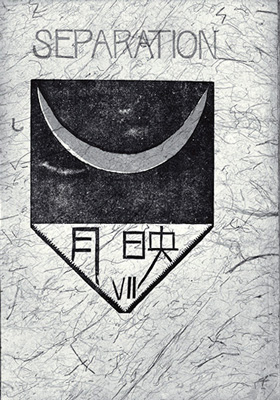 |
| Kiyokichi Tanaka Blue Sky Tsukuhae V (1914) | Kiyokichi Tanaka Diseased Bird Tsukuhae VI (1914) | Onchi Koshiro cover Tsukuhae VII (1915) |
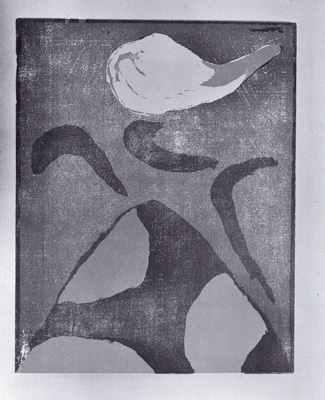 | 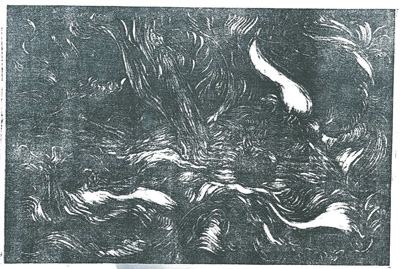 | 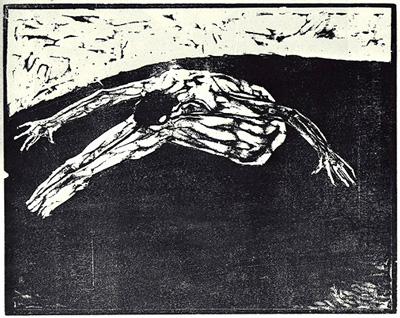 |
| Onchi Koshiro Five Lyrics Farewell and Wish 1 Tsukuhae VII (1915) | Kiyokichi Tanaka Ecstacy and Grief Entwining Tsukuhae VII (1915) | Fujimori Shuzuo Solitude of Soul Tsukuhae VII (1915) |